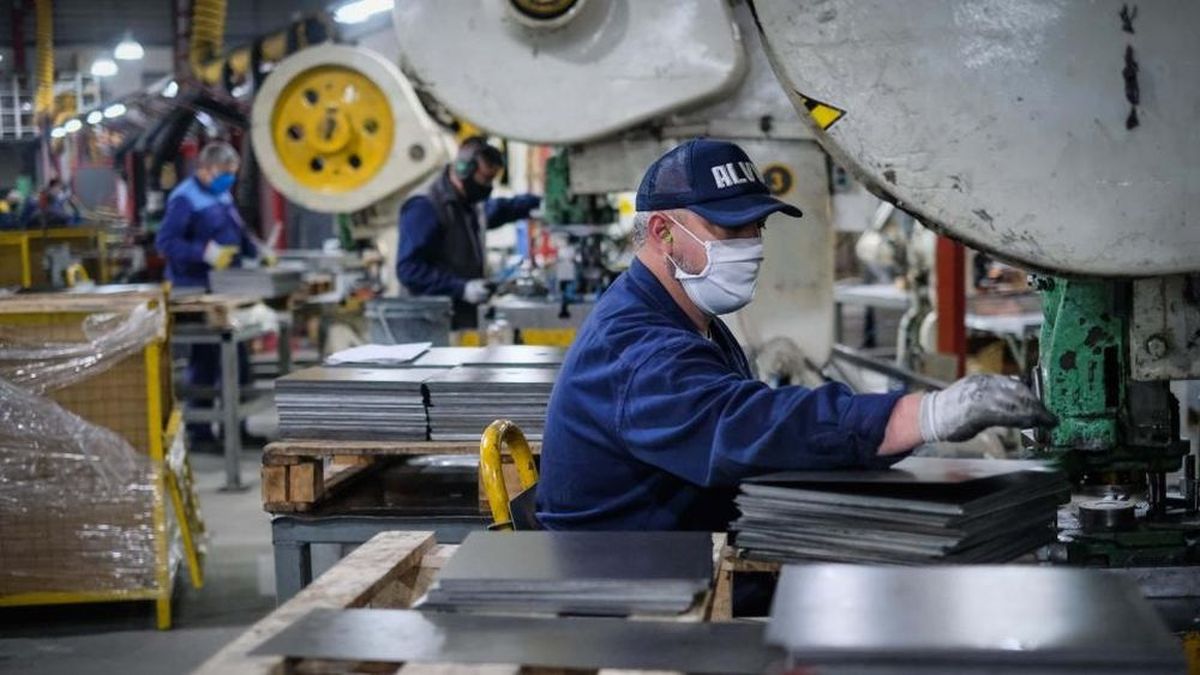In Julythe industrial sector experienced u n 0.3% decline compared to the same period last year, and an even steeper drop 2.3% by fitting the comparison in seasonally adjusted terms with the month of May. These figures come from the report released today by the Argentine Industrial Union (UIA).
The manufacturing entity stressed that the variation in the performance of the different sectors continues to be uneven, although mostly sand they observed setbackswith a total of eight of the twelve sectors analyzed reporting decreases.
The UIA highlighted that these results occurred in an environment marked by greater limitations in the supply of raw materials and services, and by a growing degree of uncertainty macroeconomic level. Among the circumstances that influenced, the entity indicated:
- The impact of the PAIS tax on imports.
- And most recently, in August, the climbing dthe exchange rate after the primary elections.
In that month, according to the UIA, a slowdown was observed in the growth of the automotive sector and a worsening in the decrease in demand of electricity by large industrial users.
Despite this, the UIA stated that certain segments that had already maintained a positive performance throughout the year managed to maintain their upward trendsuch as the automotive industry and oil refining.
Industrial activity by sector, according to the UIA
He automotive sector achieved an increase of 10.6%although this increase was lower than the average of the previous months, and was mainly driven by domestic sales, since exports experienced their first contraction in the year.
Refering to Petroleum refiningthis registered an increase of 2.7%, due to the production of gasoline destined for the local market.
The UIA also stressed that the foreign exchange shortage has accentuated constraint related issues in the payments of essential goods and services for production, generating, at the same time, uncertainty regarding the dynamics of the internal market.
PAG19-industry park_opt.jpeg
The industrial unions of the provinces, on alert in order to guarantee gas supplies to sustain production.
The largest falls occurred in the sectors of non-metallic minerals (-5.6%), influenced by the lower activity in construction, and in food and beverages (-3.3%), due to the impact of the drought on the production of processed foods.
There were also decreases in chemical substances and products (-2.6%), paper and cardboard (-2.2%), base metals (-1.6%) and the metalworking industry (-0.4%).
The UIA argued that in the field of chemical substances and products, the sector was affected by drought and difficulties in the supply of imported inputs. On the other hand, the drop in paper and paperboard was due to a lower production of some types of paper, while the sector of base metals experienced a decrease in steel production but an increase in aluminum production.
Finally, the metalworking industry was pressured downwards by lower machinery production agricultural and transportation items, although this decline was partially offset by increases in other items.
Source: Ambito




